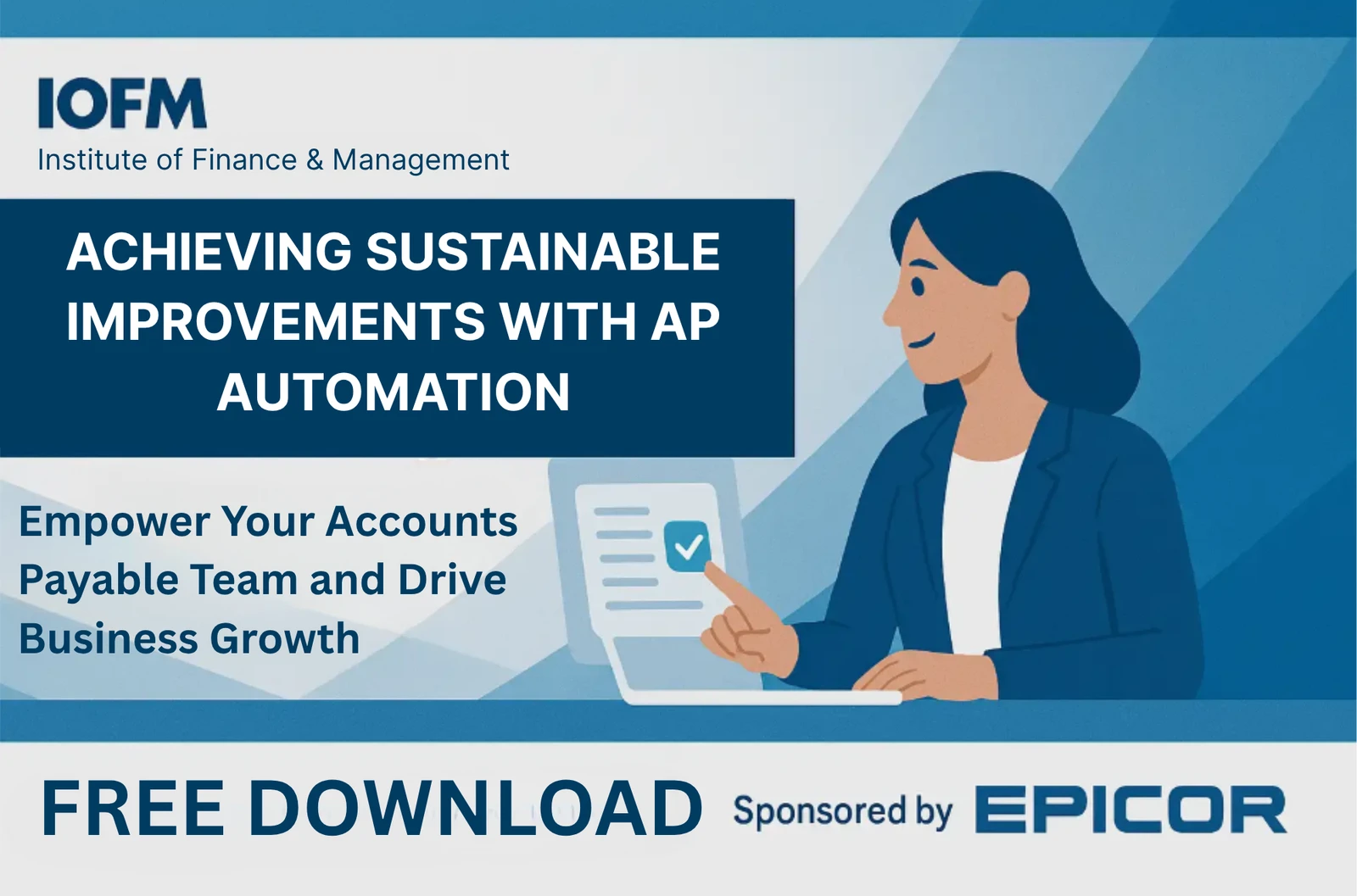AP teams face a myriad of challenges when it comes to processing travel and expense reports. Manual data entry and reconciliation are time-consuming, error-prone tasks that result in discrepancies and processing delays.
In this article, we’ll explore the common pain points faced by AP teams in T&E reimbursement handling and explore tools, tactics, and best practices for streamlining processes through automation.
Common Pain Points in T&E Reimbursement Handling
Managing travel and expense reimbursements poses several challenges for accounts payable teams, leading to inefficiencies and frustrations in the reimbursement process. Here are some of the most prevalent pain points that organizations encounter:
Manual Data Entry and Reconciliation:
One of the primary pain points in T&E reimbursement handling is the reliance on manual data entry and reconciliation processes. AP teams often spend significant time and effort manually entering expense data from receipts and invoices into spreadsheets or accounting systems.
This manual process is not only time-consuming but also prone to errors, leading to discrepancies and inaccuracies in expense reporting. Moreover, reconciling expenses with corporate credit card statements or other financial records further complicates the process, increasing the risk of errors and delays.
Inconsistent Reporting Formats:
Another common pain point is the inconsistency in reporting formats across different expense submissions. Employees may use various formats or systems to submit expense reports, such as spreadsheets templates, paper-based forms, email submissions or online expense management systems. This makes it challenging for AP teams to standardize and reconcile expense data effectively.
Inconsistent reporting formats can lead to confusion, delays in processing, and difficulties in tracking and analyzing expenses. Without standardized reporting templates or guidelines in place, AP teams struggle to maintain consistency and accuracy in expense reporting, hampering overall efficiency and visibility into T&E spending.
Policy Enforcement Difficulties:
Enforcing corporate travel policies presents a significant challenge for AP teams, especially in organizations with decentralized or disparate systems for managing T&E expenses. Ensuring compliance with company policies, such as travel limits, allowable expenses, and approval workflows, requires constant monitoring and enforcement.
However, without automated policy checks and controls in place, AP teams face difficulties in identifying and preventing non-compliant expenses. Policy enforcement challenges not only increase the risk of policy violations but also result in additional manual effort and delays in processing reimbursements.
Reimbursement Delays:
Lengthy approval cycles and reimbursement delays are major pain points that impact both employees and the organization as a whole. Delays in processing expense reports and reimbursing employees for their expenses can lead to frustration, dissatisfaction, and decreased morale among employees.
Moreover, delayed reimbursements may also strain vendor relationships and erode trust with suppliers and service providers. AP teams must strive to streamline approval workflows, expedite reimbursement cycles, and provide timely updates to employees to minimize delays and ensure a positive experience for all stakeholders involved.
Tools and Tactics for T&E Automation
To address these challenges, organizations can implement a range of tools and tactics designed to streamline T&E processes and improve efficiency:
- Implementing dedicated T&E management software: Leveraging specialized software solutions tailored for T&E management can automate key tasks such as expense capture, data entry, and reconciliation, reducing manual effort and improving accuracy.
- Integrating corporate credit card data with expense reports: Integrating corporate credit card data directly into expense reports streamlines the reconciliation process and provides real-time visibility into T&E spending, enabling better decision-making and policy enforcement.
- Establishing standardized expense reporting templates: Standardizing expense reporting templates ensures consistency and simplifies the submission process for employees, facilitating faster approval and reimbursement cycles.
- Automating policy compliance checks and approvals: Automated policy compliance checks help enforce corporate travel policies by flagging non-compliant expenses and routing them for review, ensuring adherence to company guidelines and regulatory requirements.
- Enabling mobile expense reporting and receipt capture: Mobile expense reporting applications allow employees to submit expenses on-the-go, capturing receipts digitally and expediting the reimbursement process, while also improving employee satisfaction and compliance.
Benefits of Streamlining T&E Processes
By streamlining T&E processes through automation and strategic tactics, organizations can realize a host of benefits:
- Reduced manual effort and data entry errors: Automation reduces the need for manual intervention, minimizing errors and freeing up valuable time for AP teams to focus on higher-value tasks.
- Improved policy enforcement and compliance: Automated policy checks ensure that expenses are in line with corporate guidelines, reducing the risk of non-compliance and mitigating potential financial and regulatory risks.
- Faster reimbursement cycles and increased employee satisfaction: Streamlined processes result in faster approval and reimbursement cycles, improving employee satisfaction and morale while fostering stronger vendor relationships.
- Enhanced visibility and control over T&E spending: Automation provides real-time visibility into T&E spending, enabling better decision-making, cost control, and strategic planning.
Best Practices for T&E Automation Implementation
Implementing T&E automation requires careful planning and execution. Some best practices to ensure success are the following:
- Assess current T&E processes and identify pain points: Conduct a thorough assessment of existing processes to identify inefficiencies and areas for improvement.
- Evaluate and select the right T&E automation tools: Research and evaluate T&E automation solutions that align with your organization's needs and goals, considering factors such as functionality, scalability, and integration capabilities.
- Engage key stakeholders and ensure smooth adoption: Involve key stakeholders from across the organization, including finance, HR, and IT departments, to ensure buy-in and collaboration throughout the implementation process.
- Provide comprehensive training and support for end-users: Offer training and support to end-users to ensure they are comfortable with the new system and understand how to use it effectively, fostering adoption and maximizing ROI.
In conclusion, streamlining travel and expense reimbursement processes is essential for enhancing efficiency and competitiveness in today’s business environment.
By leveraging specialized tools and implementing strategic tactics, organizations can reduce manual effort, improve policy enforcement, and increase visibility and control over T&E spending.
Embracing T&E automation not only streamlines processes but also enhances employee satisfaction, strengthens vendor relationships, and drives overall business success.
Ready to streamline your T&E processes and unlock the benefits of automation? Explore Mosaic’s T&E automation solutions



